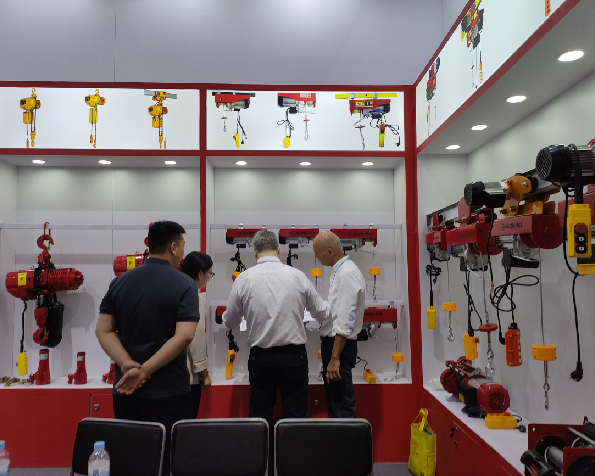


Fall Protection FAQ Essential Insights for Safety Compliance
Fall protection is a critical aspect of workplace safety, especially in industries where employees work at heights. Understanding fall protection regulations, equipment, and best practices is vital for ensuring the safety of workers and compliance with occupational safety standards. This article addresses frequently asked questions (FAQs) regarding fall protection to help employers and employees maintain a safe working environment.
What is Fall Protection?
Fall protection refers to systems and practices that are put in place to prevent workers from falling from heights or to protect them in the event of a fall. This can include guardrails, safety nets, personal fall arrest systems (PFAS), and other equipment designed to mitigate the risk of falls.
Why is Fall Protection Important?
Falls are among the leading causes of serious work-related injuries and fatalities. According to the Occupational Safety and Health Administration (OSHA), falls account for a significant percentage of workplace accidents, particularly in construction and industrial sectors. By implementing effective fall protection measures, companies can safeguard their employees, reduce injury rates, and avoid costly legal liabilities.
What are the OSHA Requirements for Fall Protection?
OSHA mandates fall protection for all employees working at heights of six feet in the construction industry and at eight feet in other industries. Companies are required to assess their work environment and implement appropriate fall protection systems based on the risks involved. Compliance with these regulations not only protects workers but also enhances the organization’s reputation and productivity.
What Types of Fall Protection Systems are Available?
Several types of fall protection systems are commonly used in workplaces
1. Guardrails Physical barriers installed along edges of elevated surfaces to prevent falls. 2. Safety Nets Catch systems placed below working areas to capture falling workers.
3. Personal Fall Arrest Systems (PFAS) These include harnesses, lanyards, and anchor points designed to secure a worker and stop a fall.
4. Positioning Systems Allow workers to be supported on an elevated surface and safely work while remaining attached to a secure anchor.

How Should Employers Train Workers on Fall Protection?
Employers are required to provide comprehensive training on fall protection to ensure employees understand the hazards and proper use of equipment. Training should cover topics such as
- The recognition of fall hazards - The correct use of fall protection systems - Procedures for inspecting and maintaining equipment - Emergency response and rescue plans
Regular refresher courses and practical demonstrations can reinforce learning and ensure workers are prepared for potential fall hazards.
What Should Workers Do if They Identify Fall Hazards?
Workers have the right and responsibility to report any identified fall hazards to their supervisors immediately. Employers should encourage employees to speak up without fear of retaliation, as proactive communication is vital for maintaining a safe work environment. A prompt response to reported hazards can prevent accidents and demonstrate a commitment to safety.
How Can Companies Maintain Compliance?
Maintaining compliance with fall protection regulations requires ongoing vigilance. Companies should
- Conduct regular safety audits and assessments of work environments - Update safety protocols and equipment as needed - Foster a culture of safety where employees feel empowered to express concerns
Investing in fall protection training and equipment not only protects workers but also contributes to higher morale and productivity.
Conclusion
Falls can have serious consequences, but with proper fall protection measures in place, the risk can be significantly reduced. By understanding fall protection regulations, utilizing appropriate systems, and prioritizing worker training, companies can create a safer work environment. Awareness of fall hazards and a commitment to safety are fundamental to protecting every employee on the job.



